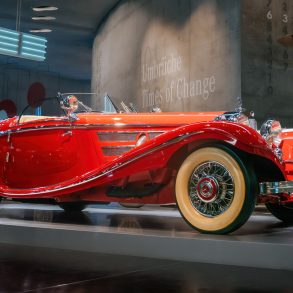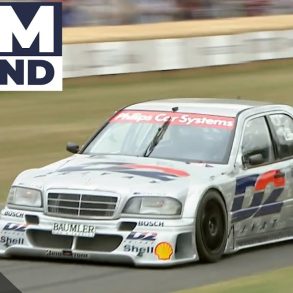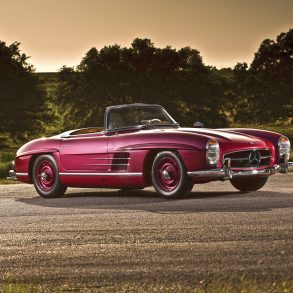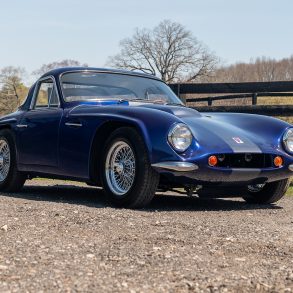There are a number of cars that are better known by their nicknames, than their original designation, like the Alfa Romeo Montreal, or the Ferrari Daytona. But probably the most iconic and well-known nickname is Mercedes’ Gullwing.
The 300SL was a road car based on Mercedes’ 1952 W194 racecar. The racecar utilized the motor out of the 300 Adenauer saloon and the 300 S two-seat touring car. At the time, the new engine was sporting carburetors and produced 175 HP. Being lightweight and low drag, the W194 was still competitive in endurance events for the ’53 season, though now sporting mechanical fuel injection along with 16-inch wheels.
Mercedes was not planning to produce the road going 300SL. But the highly persuasive American importer Max Hoffman was sitting in a directors’ meeting, in 1953, in Stuttgart and worked the new general Director Fritz Konecke over to his side by making the outrageous offer to order 1,000 cars that he would sell in the American market.
In February 1954, the Gullwing was introduced not in Frankfurt or Geneva, but at the New York International Auto Show. The public’s response to the new machine was outstanding. Production started in earnest at the Sindelfingen plant in August of that year.
The 300SL coupe’s steel body is laid over a tubular frame that attaches to a steal chassis, with the Gullwing doors, hood, trunk lid and dash constructed out of aluminum. Buyers had the choice of three checkered seat fabrics or leather.
Due to the framework and the Gullwing doors the coupe had a very wide sill you had to overcome to plant yourself in the car, especially if you were the driver. To facilitate this, the steering wheel could pivot on the hub 90-degrees to allow a somewhat easier entry. But once inside, you realize very quickly it was worth all the trouble.
The car I am driving is unique in a couple of ways. 1). It’s a very early car. One way to tell this is the tachometer starts at 1000 RPMs and goes all the way to 8000 RPMs. Later cars would start at 500 RPMs and finish at 7000 RPMs, both redlining at 6000. 2). It has never been completely apart. This Gullwing is not an overly restored trailer queen. It is a survivor, that until a few years ago, had been sitting since 1974 in a building on a wrecking yard.
Restorations in Mt. Kisco, New York, unearthed the 300SL and went to work. The plan was to keep it as original as possible (even the original wheel weights were removed and reused after the wheels were trued), but make it run and make it safe.
The driver’s side rocker panel is caved in from some previous altercation decades ago and the paint is shedding off the body on a regular basis, but somehow all this decrepitude takes nothing away from this German masterpiece—it is still breathtaking. In fact, it gets more attention than a restored versions at shows.
But at the moment, I’m more interested in go than show. Getting behind the wheel is like putting on a favorite worn-in shoe. The leather has been lovingly brought back to life and it is a welcoming place to be. A little choke and activation of the auxiliary fuel pump and the Mercedes fires right up. The dash offers up six VDO gauges, the largest being the tach on the left and the speedometer on the right. Below left are your fuel gauge and oil pressure, while lower right are your water and oil temperature, with a clock even further on your right. Everything is well patinated, but all are up to the job at hand. The car feels like it was carved out of one piece of metal. I have driven restored versions and they feel solid, don’t get me wrong, but this is just a very different experience. The 300SL Gullwing is the genesis of the supercar. In its time you would have been hard pressed to find its equal. Take a fast turn in a Jaguar of the same period and you would be praying that you survive the expedition, but with a Gullwing you go in guns blazing and come out the other end with a smile on your face and no sweaty palms.
You can drive this example with abandon, it already has scratches and dings, and more paint flakes off as the miles build up. It lets you relax and enjoy the adventure, unlike the ride in a precious restored jewel, where you would worry if a large bug hit it.
Gullwings are a very special ride and this one is extra special.
My thanks to Bob Torre and Randy Elber of R&R Restorations for letting me travel in this time machine.
| Length: | 4520 mm / 178 in |
| Width: | 1790 mm / 70.5 in |
| Height: | 1300 mm / 51.2 in |
| Wheelbase: | 2400 mm / 94.5 in |
| Front track: | 1385 mm / 54.5 in |
| Rear track: | 1435 mm / 56.5 in |
| Cylinders alignment: | Line 6 |
| Displacement: | 2996 cm3 / 183 cui |
| Bore: | 85 mm / 3.35 in |
| Stroke: | 88 mm / 3.46 in |
| Compression ratio: | 8.55 : 1 |
| Induction: | Bosch mechanically-controlled petrol direct injection |
| Valves per cylinder: | 2 |
| Horsepower net: | 158 kW / 215 PS / 212 hp (DIN) / 5800 |
| Torque net: | 275 Nm / 203 ft-lb/ 4600 |


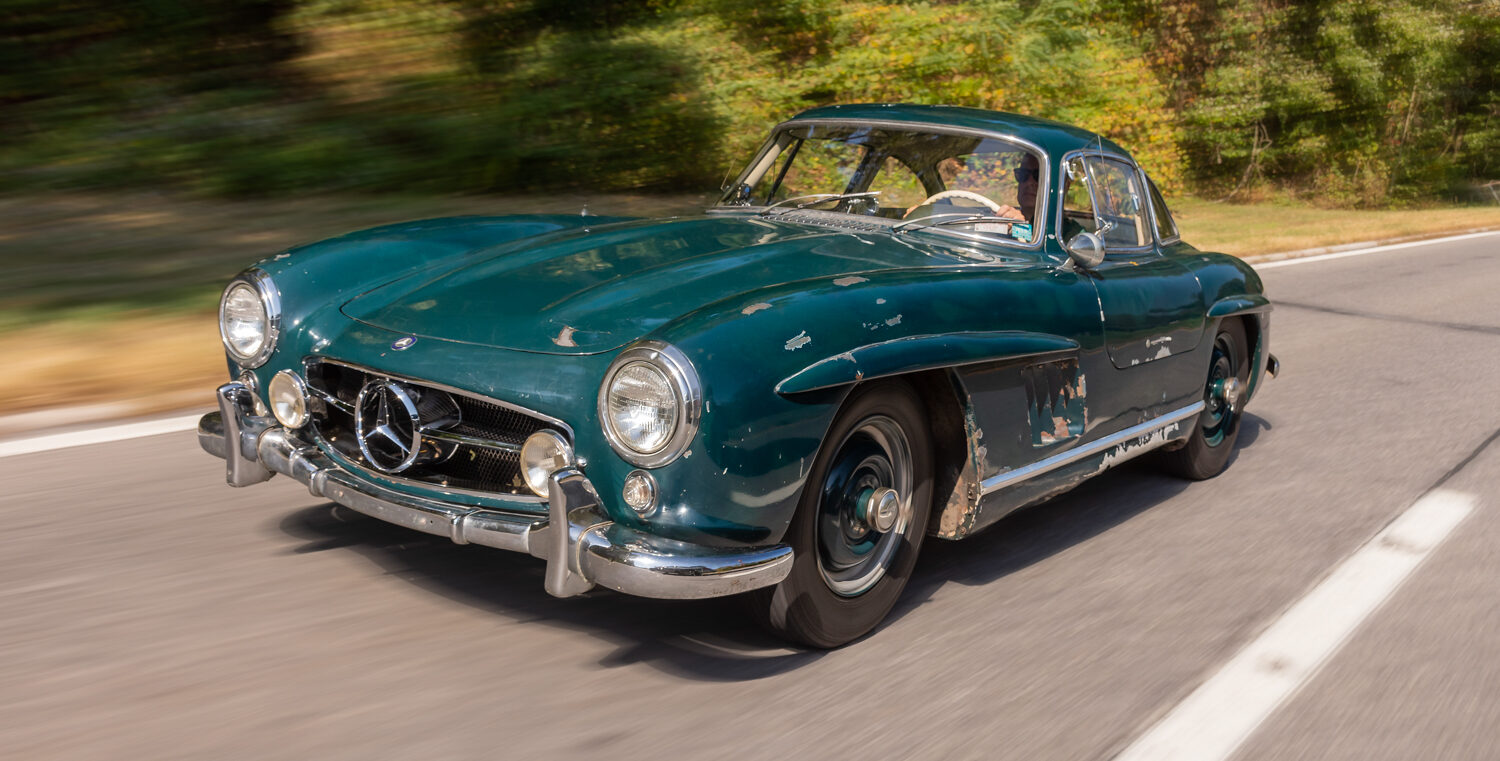

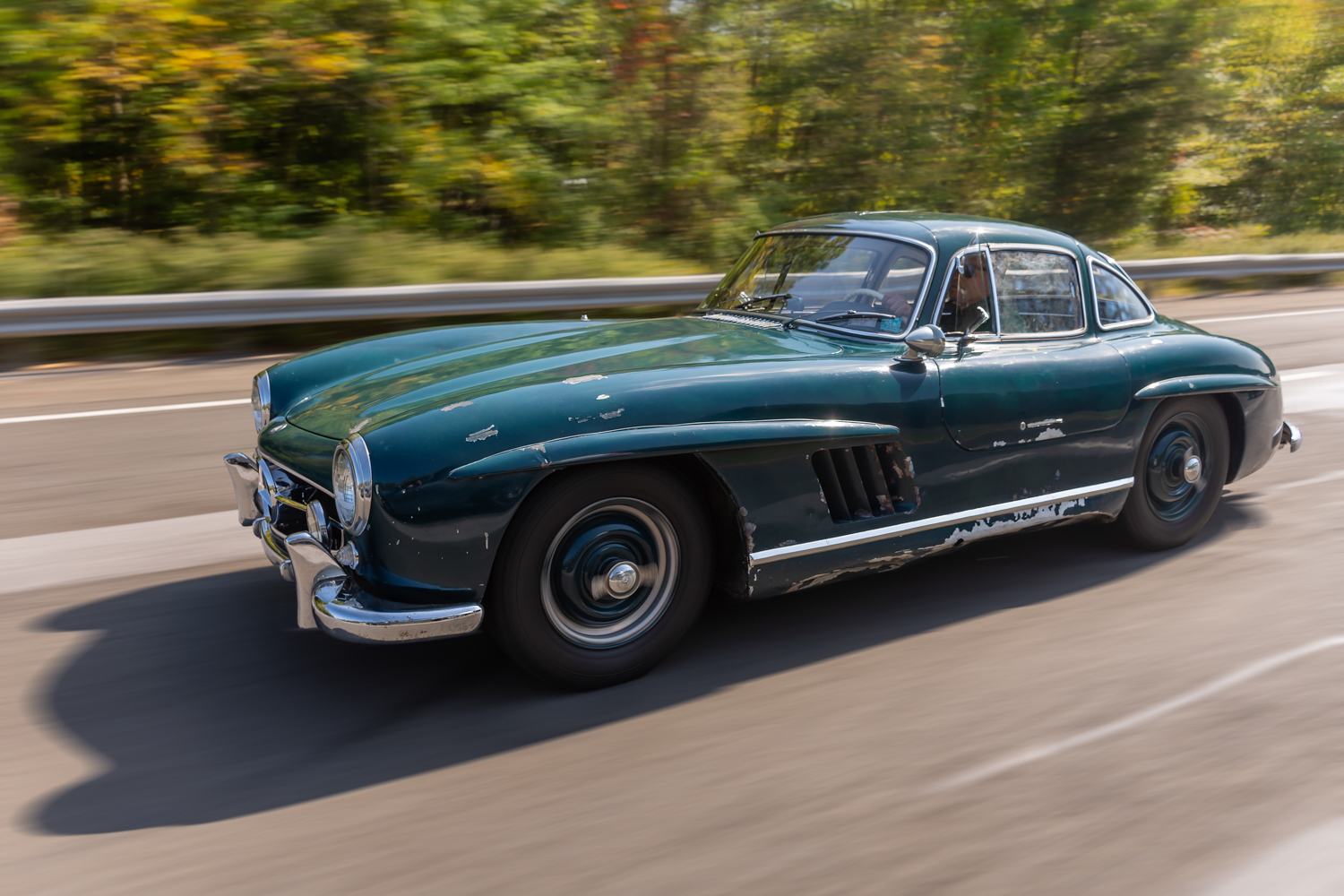


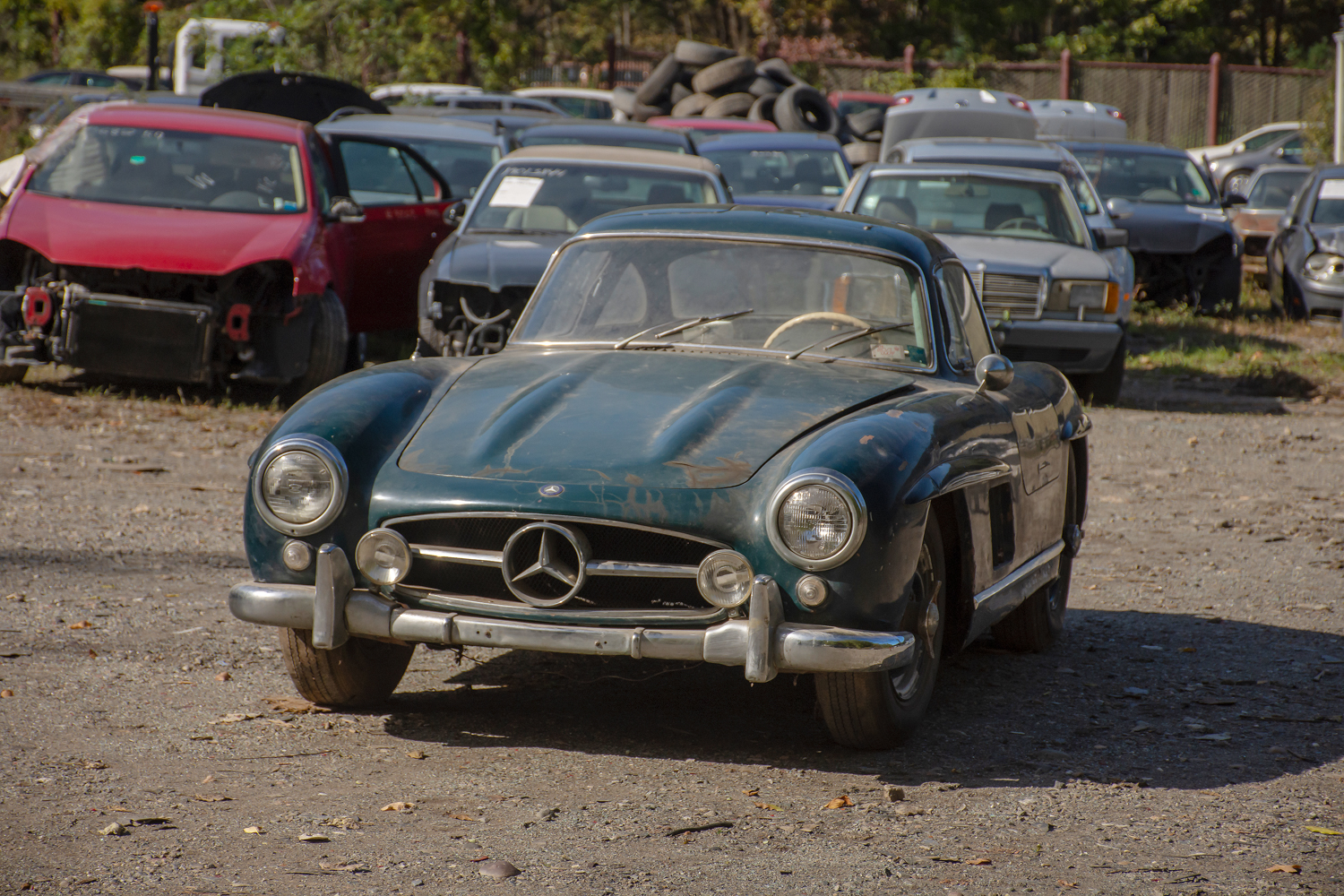
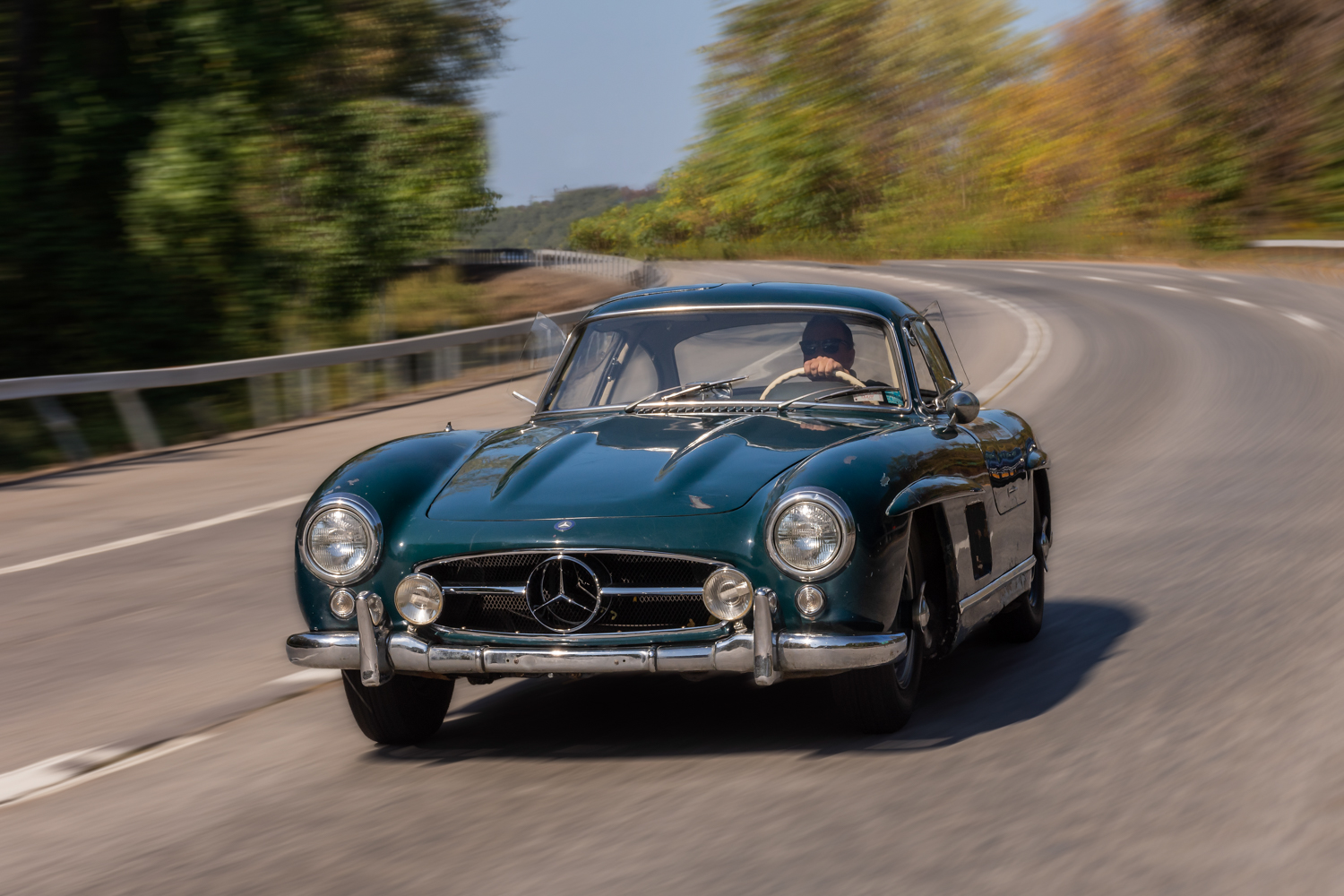
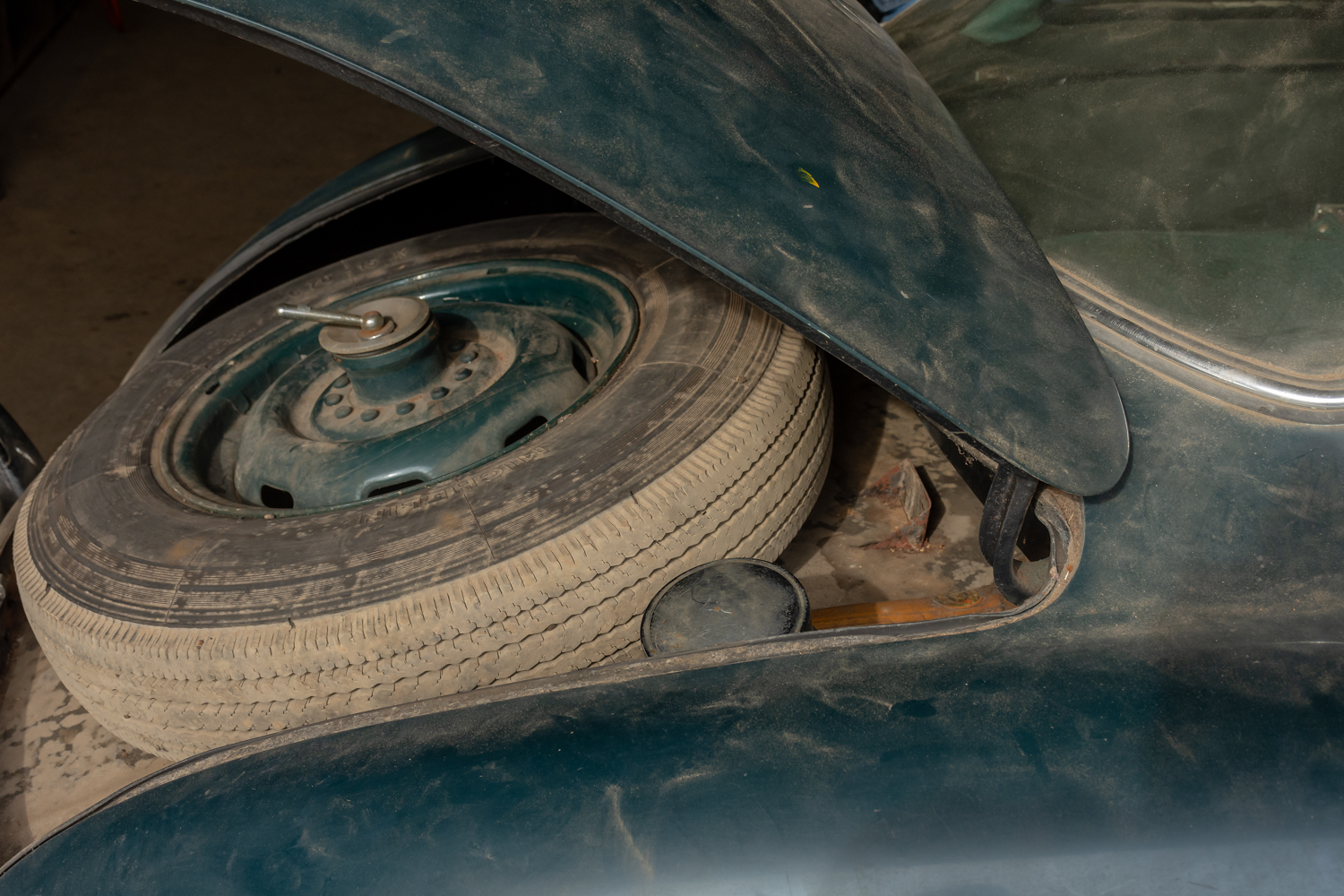


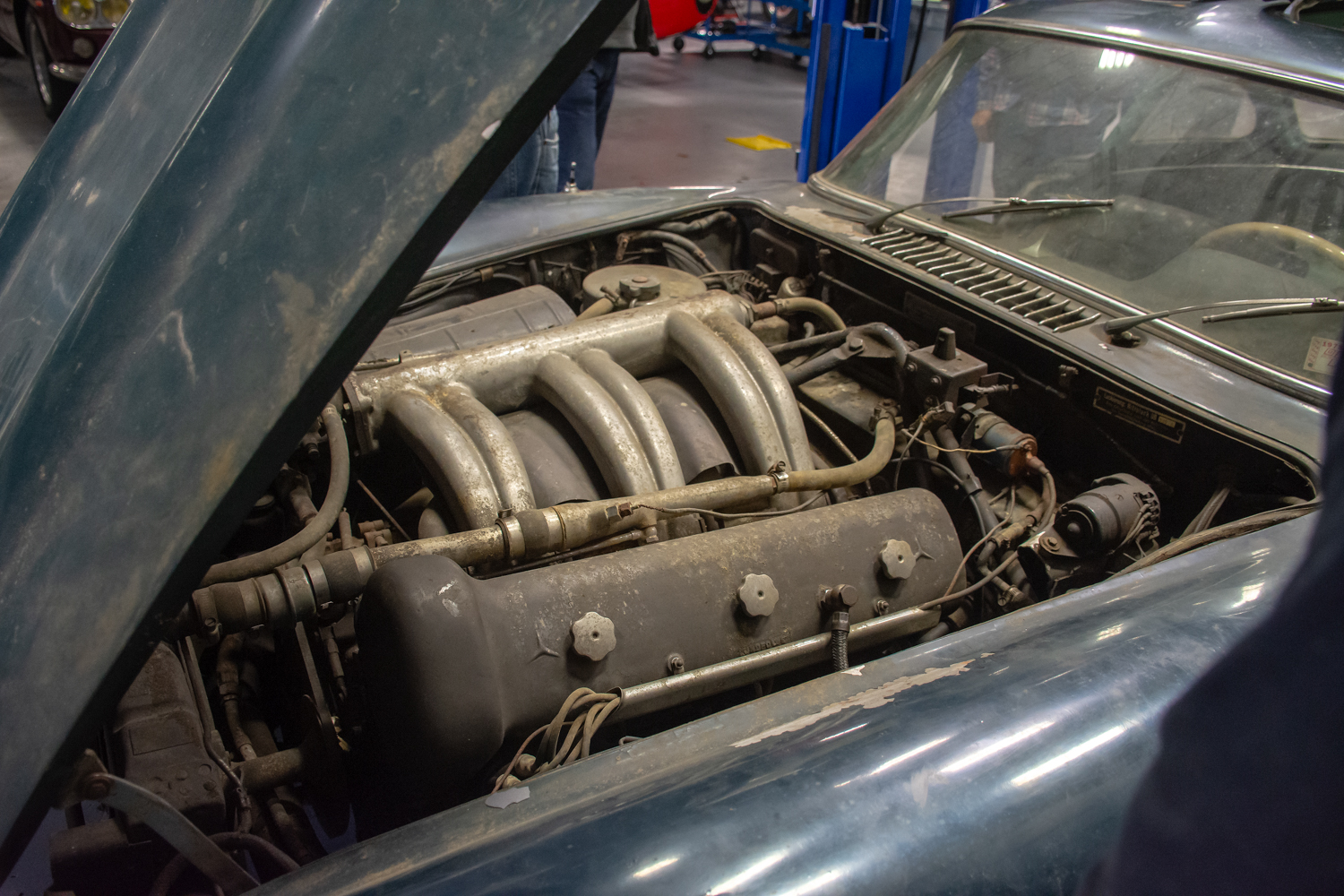
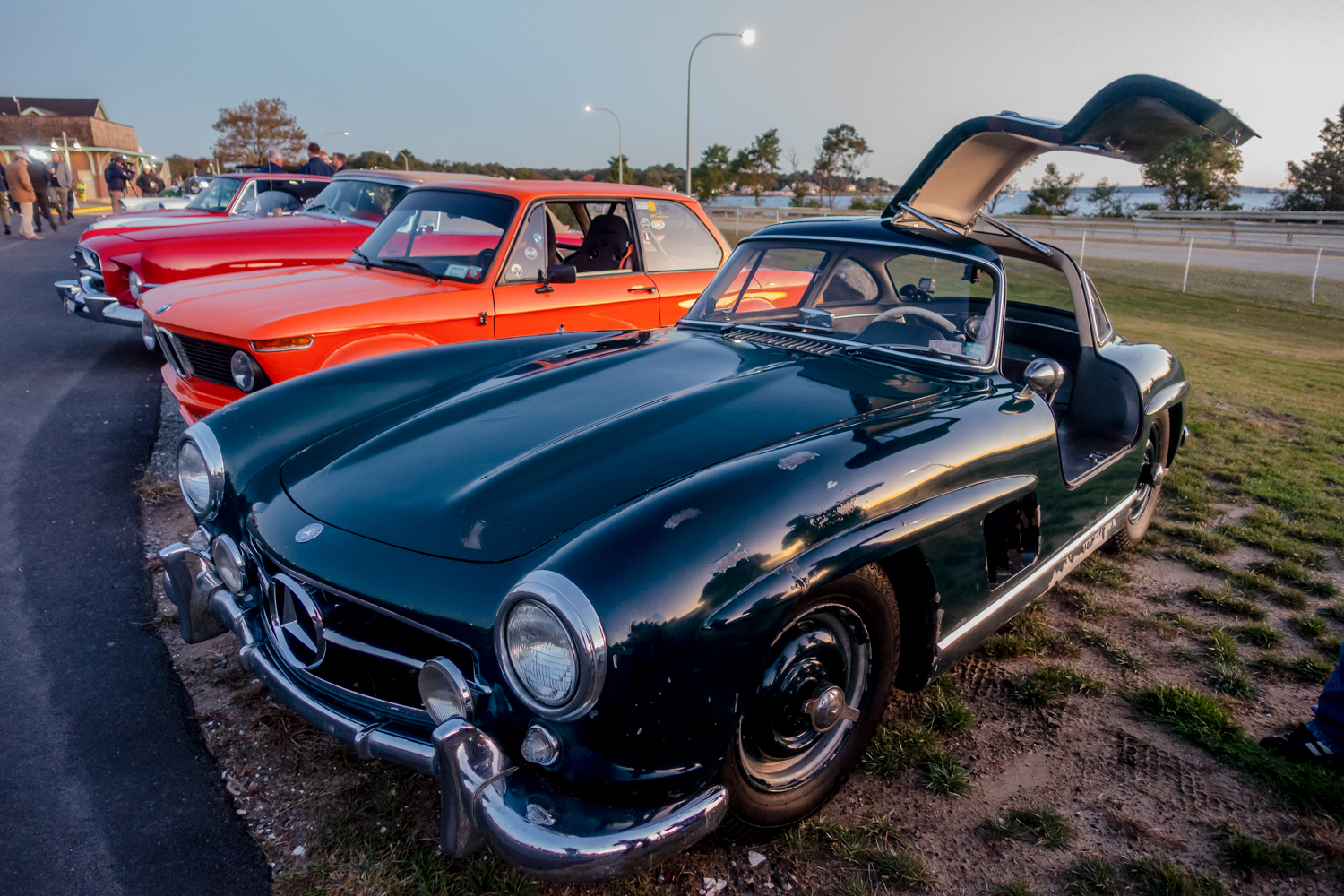
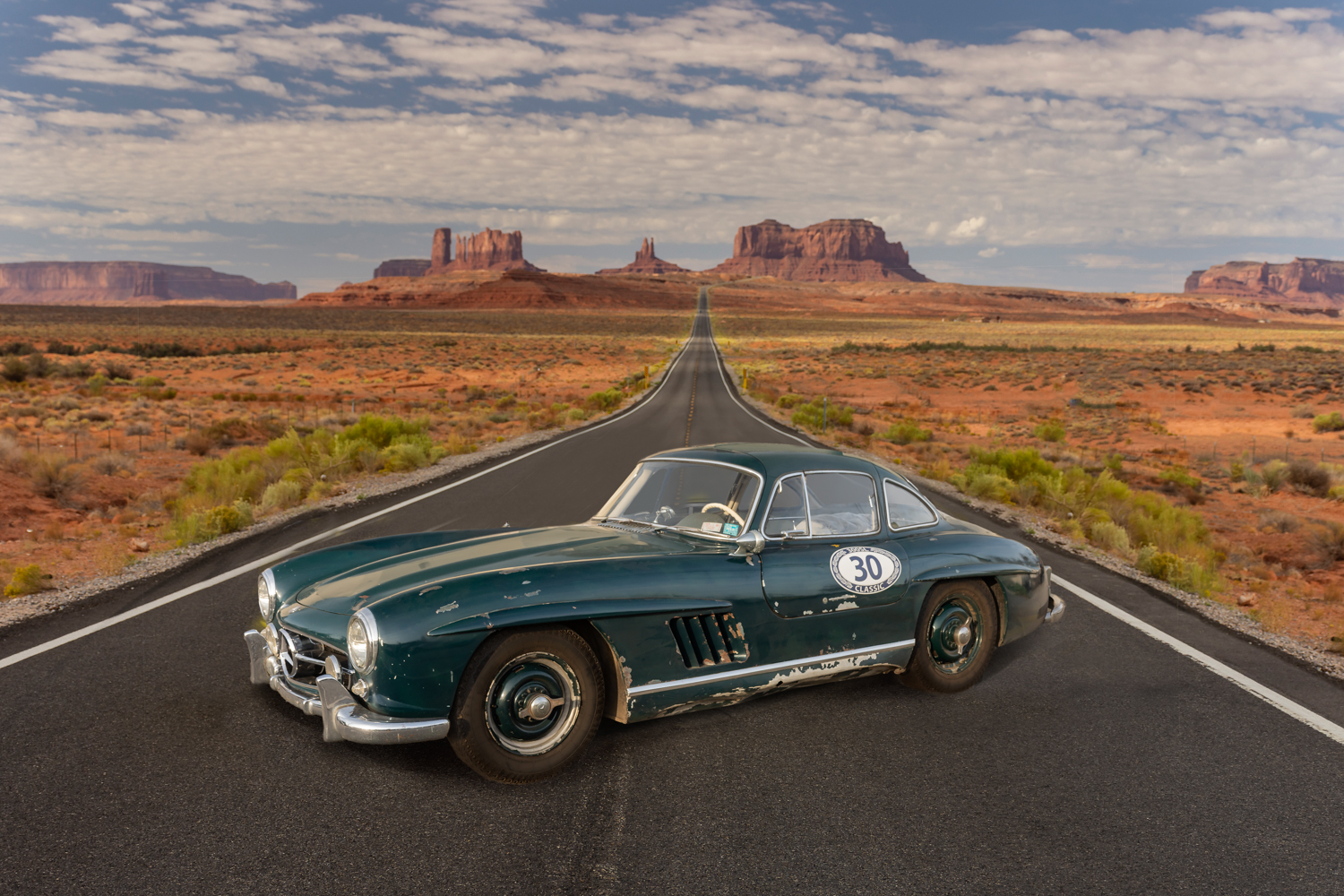 SPECIFICATIONS
SPECIFICATIONS